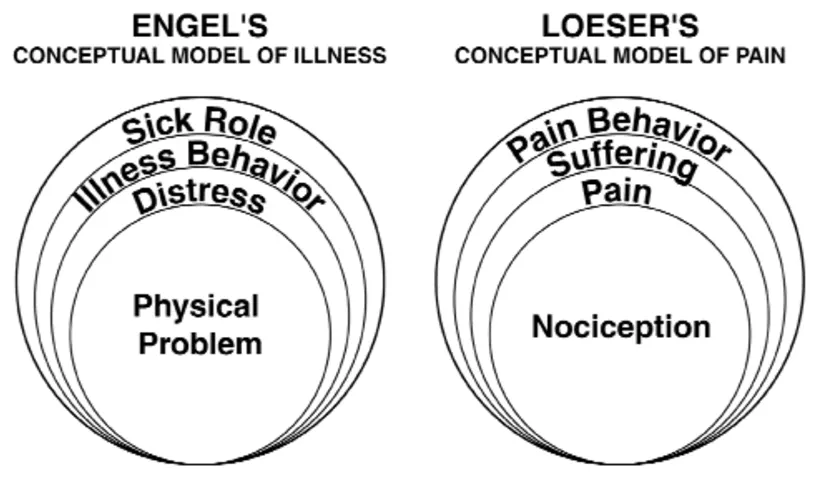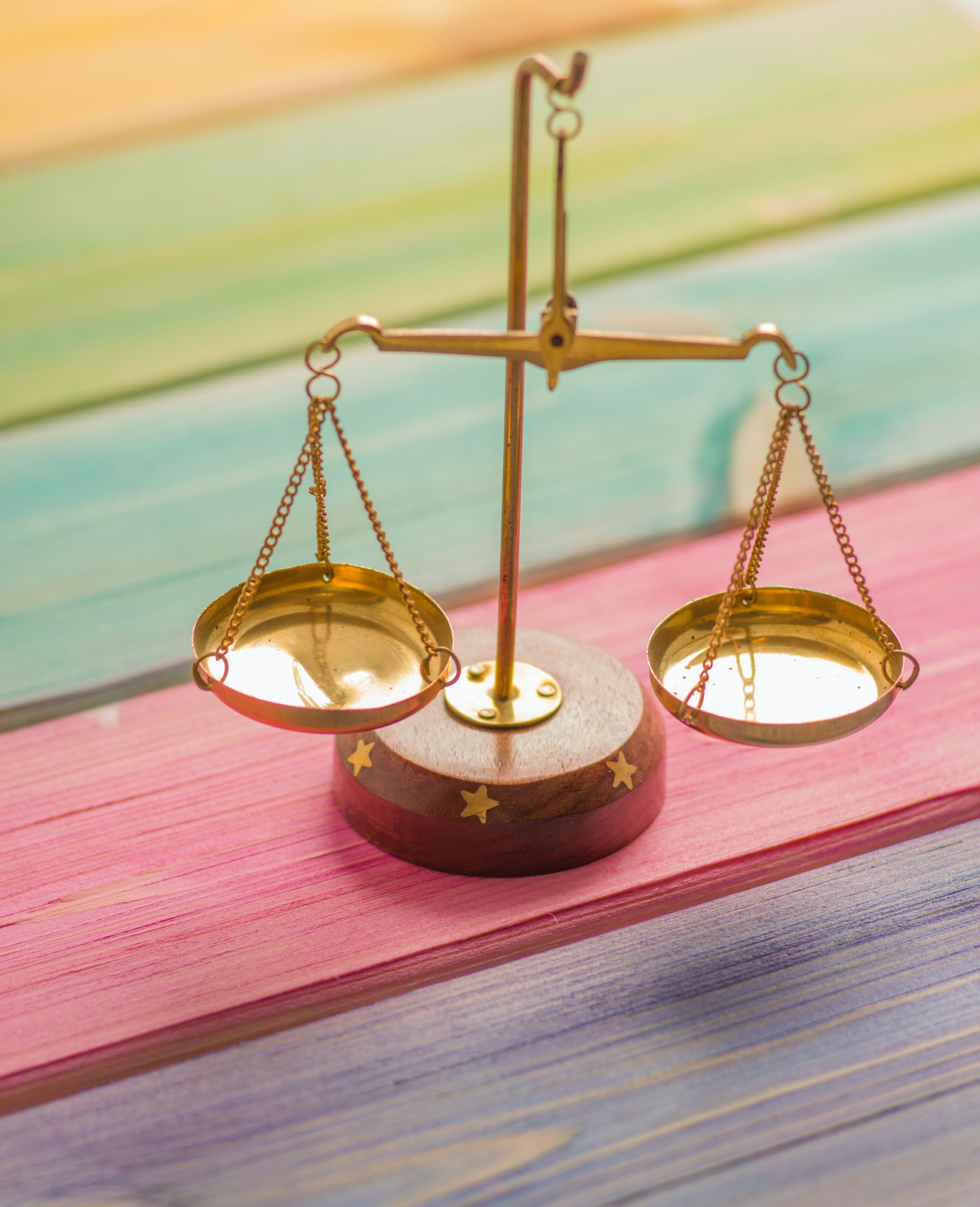Is My Chronic Pain All in My Head?

When there is chronic pain, is the issue in the tissue or is it all in the brain? Is pain a physical or emotional phenomena? Do you take a cocktail of pain meds only to still feel pain? The science of chronic pain is so complex that unfortunately a lot of people get lost in the medical system, don’t understand their pain and are told to live with the pain. The purpose of this blog is to educate you, the reader, about this complex phenomenon and provide resources to access more tools to manage chronic pain.
The Science Behind Chronic Pain
Historically, there have been a few models explaining the science of chronic pain, and the one we’re going to talk about is the biopsychosocial model of pain. Let’s break this down:
- Biological component of pain: any injury, trauma, muscle imbalances, among other reasons can contribute to the perception of pain.
- Psychological component of pain: our state of mind (anxiety, fear, distress, safety) impacts our pain levels either increasing or decreasing the pain dial.
- Social component of pain: our relationships, family environment, social expectations increase or decrease the pain dial too.

Good vs Bad Day Recipe
Dr. Zoffness, pain and health psychologist simplifies this as Good Day Recipe and Bad Day Recipe and here’s what that can look like.
| Good Day Recipe | Bad Day Recipe |
| Exercises/movements that help | Busy day with no time for self care |
| Good night’s sleep | Unhealthy relationship with nutrition |
| Able to meditate to create a restful state of mind | Anxious about diagnosis |
| Meaningful conversation with a loved one | Argument with partner |
| Positive and enabling support from community | High social expectations result in ignoring self |
This table is just a random sample but creating one for yourself and understanding the constituents of your recipes can be a starting point to understanding the biological, psychological and social factors that turn our pain up or down.
How can physical therapy help?
Physical therapy can help with the biological and partially the psychological components. By addressing the tissue dysfunction, creating patterns of movements that feel good, creating length and stability in our muscles, correcting our postures, gait, mechanics, physical therapy impacts the biological component of pain. Education is another big part of this process, understanding your diagnosis and what that means in simple terms that you understand, understanding ways to incorporate self care and lifestyle changes that can contribute to the Good Day Recipe, are ways that physical therapy can contribute to the psychological component of pain.







